calsfoundation@cals.org
Central Arkansas Library System
The Central Arkansas Library System (CALS) is the largest library system in Arkansas. Created in 1975, the system includes fourteen libraries located in Pulaski and Perry counties.
The first public library to open in central Arkansas was the Little Rock Public Library in 1910. Earlier efforts to create libraries in the city included the library of the Little Rock Debating Society in the 1830s and newspaper publisher William Woodruff’s circulating library in the 1840s. After the Civil War, the Mercantile Library opened in the city and was available to professional men. After a merger with the Marquand Library, created for use by employees of the St. Louis and Iron Mountain Railroad, the library was acquired by the Young Men’s Christian Association. It eventually ceased operations. The Woman’s Cooperative Association opened a library in the Arsenal building (which later became the MacArthur Museum of Arkansas Military History) in 1897, and members of the association could use the library, as could nonmembers who paid a fee.
In 1901, the Arkansas General Assembly enacted legislation that allowed some municipalities to operate libraries that were created using private funds. At the same time, efforts were underway in the city to obtain funding from the Carnegie Foundation for the establishment of a public library. After years of work by the City of Little Rock (Pulaski County), including a pledge of a plot of land in the city park and a quarter-mill tax to support the ongoing operations of the library, the foundation awarded $50,000 to the city for construction. Following additional meetings and negotiations, the grant amount was increased to $88,100, and a new location was selected at the southwest corner of Louisiana and 7th streets. Construction on the building began with a groundbreaking in December 1908, and Mary Maud Pugsley was hired as the librarian, beginning her duties on September 15, 1909. Even before the building was complete, Pugsley and her assistant had cataloged, and created a shelf list for, the items received from the Woman’s Cooperative Association library. A grand opening for the Little Rock Public Library was held on February 1, 1910, and the library officially opened on February 2, with 500 people applying for library cards that day. The library was governed by a board established in 1907.
The library experienced much growth, and several thousand library cards were issued in the first years of operation, with many patrons coming from other counties across the state. A branch for African Americans opened in June 1917 on 9th Street, the center of Little Rock’s Black community at the time, in rooms rented from prominent African American attorney Scipio Jones. A larger branch library for the Black community opened on 16th and High streets in 1941.
The Little Rock Public Library began housing the newly created Pulaski County Library in 1938. This library served rural communities within the county and operated a bookmobile.
In 1951, three years before the U.S. Supreme Court’s Brown v. Board of Education ruling mandated the desegregation of the nation’s public schools, the Main Library began to admit African American adults, as well as students who had reached at least the seventh grade. The branch library on 16th and High—renamed the Ivey Branch in 1951 for Helen Booker Ivey, former principal of Capital Hill Elementary—continued to operate and serve as a community meeting place throughout the 1960s.
The second purpose-built library building officially opened in 1964 at the same general location as the old Carnegie library. (For the purposes of a federal grant, it was considered an addition to the old building rather than a brand-new building.) Most of the original building was demolished and a plaza was constructed on the site; pillars from the Carnegie building were later recovered and erected in front of the Main Library in the River Market in 2009. The Pulaski County and Perry County libraries joined into a single system in 1961, and a new branch library opened in Perryville (Perry County) the same year.
While the headquarters of the Pulaski-Perry County Regional Library System continued to be located in Little Rock, branch libraries operated in Jacksonville (Pulaski County), Sherwood (Pulaski County), and Perryville. The Little Rock Public Library and the Pulaski-Perry County Regional Library System entered discussions on a possible merger of the systems. The merger was approved in 1974 and took effect the next year, creating the Central Arkansas Library System. The bookmobile systems were merged at the same time.
The Main Library located in downtown Little Rock moved into the renovated Fones building, constructed in 1920 as a warehouse for Fones Bros. Hardware, in 1997. This move to what became the River Market District of downtown Little Rock was necessitated by the condition of the building located on Louisiana Street and the difficulty of making renovations.
The library has been led by a number of trained librarians over the decades. Dorothy Lyon replaced Pugsley as the librarian in 1912, serving until 1918. Four other librarians (Beatrice Prall 1918–1926, Vera Snook 1926–1948, Catherine Chew 1948–1957, and Margaret Burkhead 1957–1969) led the Little Rock Public Library until 1970, when Alice Newton Gray took the position. She led the library into the merger that created CALS. After she died in 1978, she was succeeded by Rosemary Scarbrough Martin, who led the system until 1989, when Bobby Roberts became the director. Among the achievements of his long tenure were the construction of the Arkansas Studies Institute in 2009 (renamed the Bobby L. Roberts Library of Arkansas History & Art) and the Hillary Rodham Clinton Children’s Library & Learning Center in 2013. Executive Director Nate Coulter was selected by the library’s board in December 2015.
CALS administrative offices are located in the Main Library. Located within the same complex, known as Library Square, is the Roberts Library, which houses both the Butler Center for Arkansas Studies (created in 1997 through an endowment by Richard C. Butler Sr. as the Arkansas history/genealogy research and art department of CALS) and the Center for Arkansas History and Culture, which is part of the University of Arkansas at Little Rock (UA Little Rock); in addition, it houses the library system’s used book store and art galleries. Also located at Library Square is the Arcade Building, which houses the CALS Ron Robinson Theater and archival staff work space for both Butler Center and UA Little Rock employees, as well as the Cox Creative Center, which houses the Rock It! Lab. A multi-story parking deck was added to Library Square in 2016. The street-level space was leased by UA Little Rock in 2018 to use as meeting space and for recruitment and outreach efforts. The facility also showcases Joe Jones’s restored mural The Struggle in the South.
The Aerospace Library operated in eastern Little Rock in the Aerospace Education Center from 1995 to 2010. In 2013, the library system acquired Hillcrest Hall, a multi-use meeting facility. Now, a total of fourteen libraries were serving Little Rock, Sherwood, Perryville, Wrightsville (Pulaski County), and Maumelle (Pulaski County), as well as other communities and unincorporated areas in Pulaski and Perry counties:
- Adolphine Fletcher Terry Library in Little Rock (opened in 1990)
- Amy Sanders Library in Sherwood (opened as Sherwood City Library in 1973; new building opened as Amy Sanders Library in 1989; new building opened in 2018)
- Bobby L. Roberts Library of Arkansas History & Art in Little Rock (opened as the Arkansas Studies Institute in 2009)
- Dee Brown Library in Little Rock (opened in 1976; moved in 1979; new building opened in 2002)
- Esther DeWitt Nixon Library in Jacksonville (opened as the Jacksonville City Library in 1959; renamed Esther DeWitt Nixon Library in 1992; new building opened in 2009)
- Hillary Rodham Clinton Children’s Library & Learning Center in Little Rock (opened in 2013)
- John Gould Fletcher Library in Little Rock (opened in 1974; new building opened in 1996)
- Main Library (opened in the former Fones Building in 1997)
- Maumelle Library in Maumelle (opened 1996)
- Max Milam Library in Perryville (opened as the Perry County Library in 1996; new building opened in 1993)
- Millie Brooks Library in Wrightsville (opened in 2013)
- Oley E. Rooker Library in Little Rock (opened in 2010)
- Roosevelt Thompson Library in Little Rock (opened in 2004)
- Sidney S. McMath Library in Little Rock (opened in 2004)
- Sue Cowan Williams Library in Little Rock (opened in 1997)
For additional information:
Central Arkansas Library System. https://cals.org (accessed December 17, 2021).
Schuette, Shirley, and Nathania Sawyer. From Carnegie to Cyberspace: 100 Years at the Central Arkansas Library System. Little Rock: Butler Center Books, 2010.
Tillman, Rosebud Harris. “The History of Public Library Service to Negroes in Little Rock, Arkansas, 1917–1951.” (1953). ETD Collection for AUC Robert W. Woodruff Library. Paper 1650. Online at http://citeseerx.ist.psu.edu/viewdoc/download?doi=10.1.1.865.9409&rep=rep1&type=pdf (accessed December 17, 2021).
David Sesser
Henderson State University
 Divergent Prosperity and the Arc of Reform, 1968–2022
Divergent Prosperity and the Arc of Reform, 1968–2022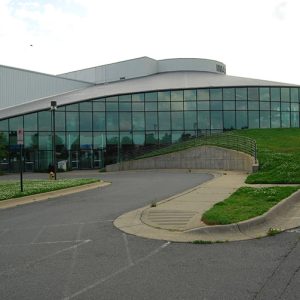 Aerospace Library
Aerospace Library 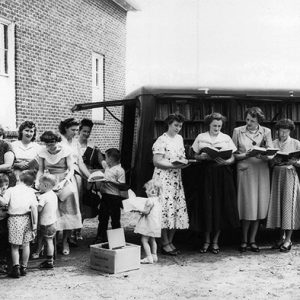 Bookmobile
Bookmobile  Celebrate Sculpture
Celebrate Sculpture 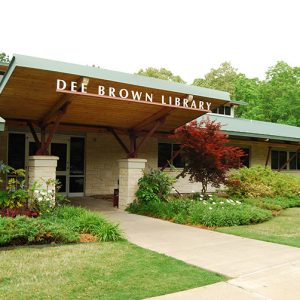 Dee Brown Library
Dee Brown Library  Fletcher Library
Fletcher Library 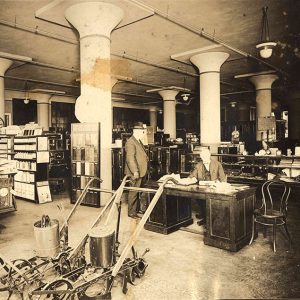 Fones Brothers Building
Fones Brothers Building  Fones Brothers Building
Fones Brothers Building  Fones Building
Fones Building 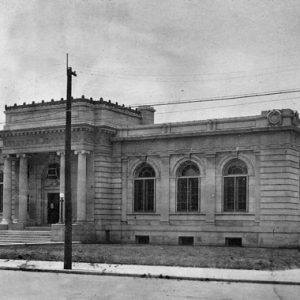 Little Rock Public Library
Little Rock Public Library  Library Demolition
Library Demolition  Little Readers Rock
Little Readers Rock  Little Rock Main Library
Little Rock Main Library 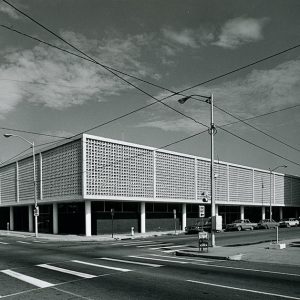 Little Rock Public Library
Little Rock Public Library 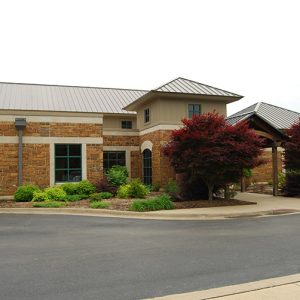 Maumelle Library
Maumelle Library 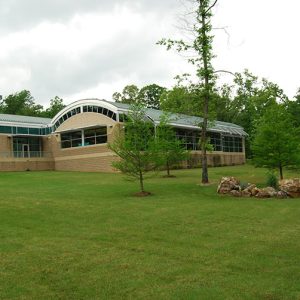 McMath Library
McMath Library 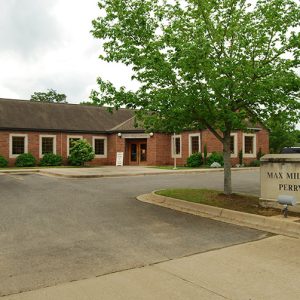 Milam Library
Milam Library  Nixon Library
Nixon Library 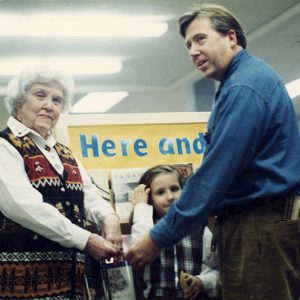 Esther Nixon
Esther Nixon 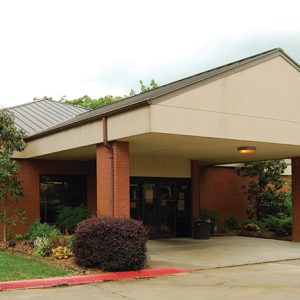 Sanders Library
Sanders Library  Six Bridges Book Festival at the Children's Library
Six Bridges Book Festival at the Children's Library 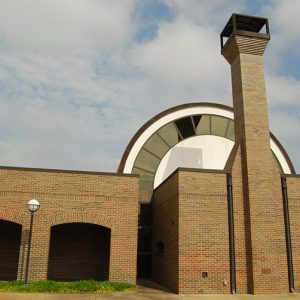 Terry Library
Terry Library 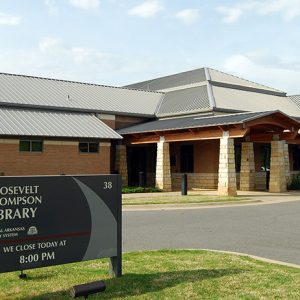 Thompson Library
Thompson Library  Wrightsville Municipal Buildings
Wrightsville Municipal Buildings 




Comments
No comments on this entry yet.